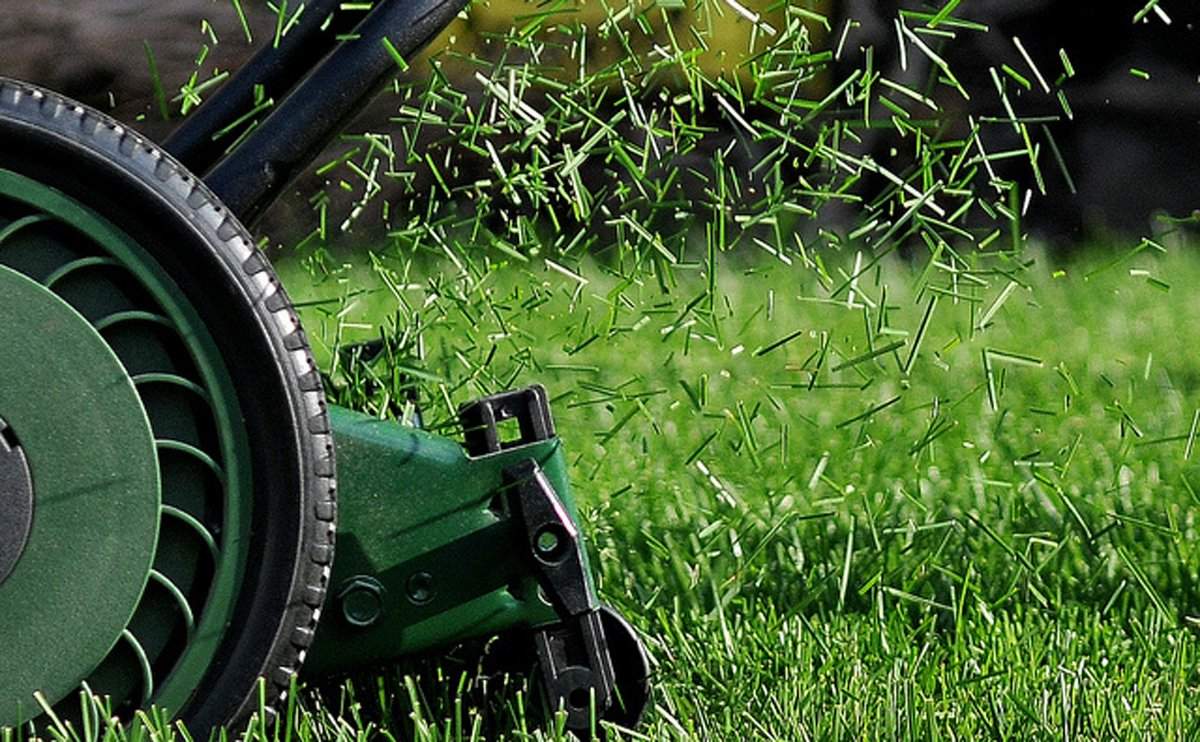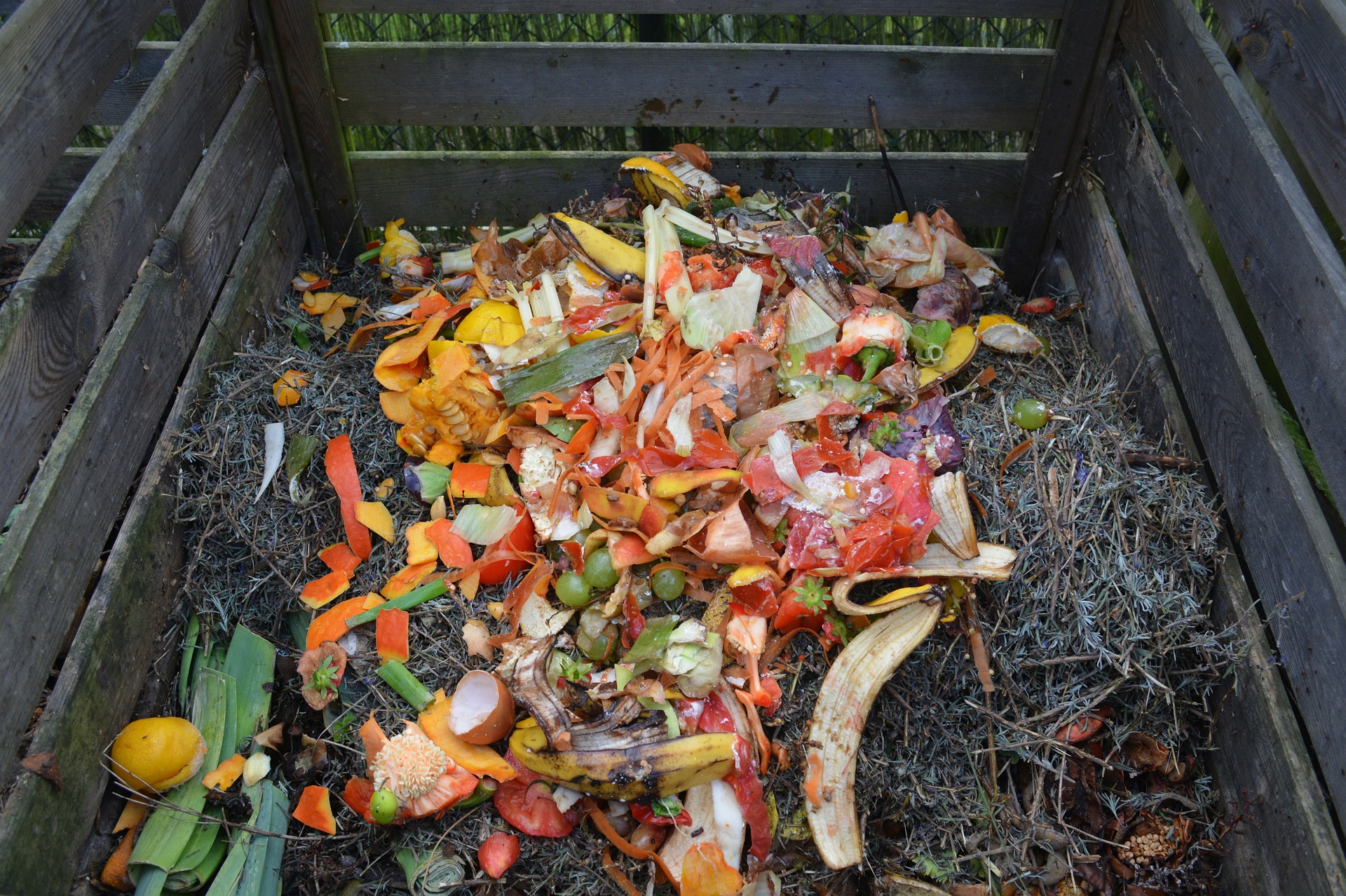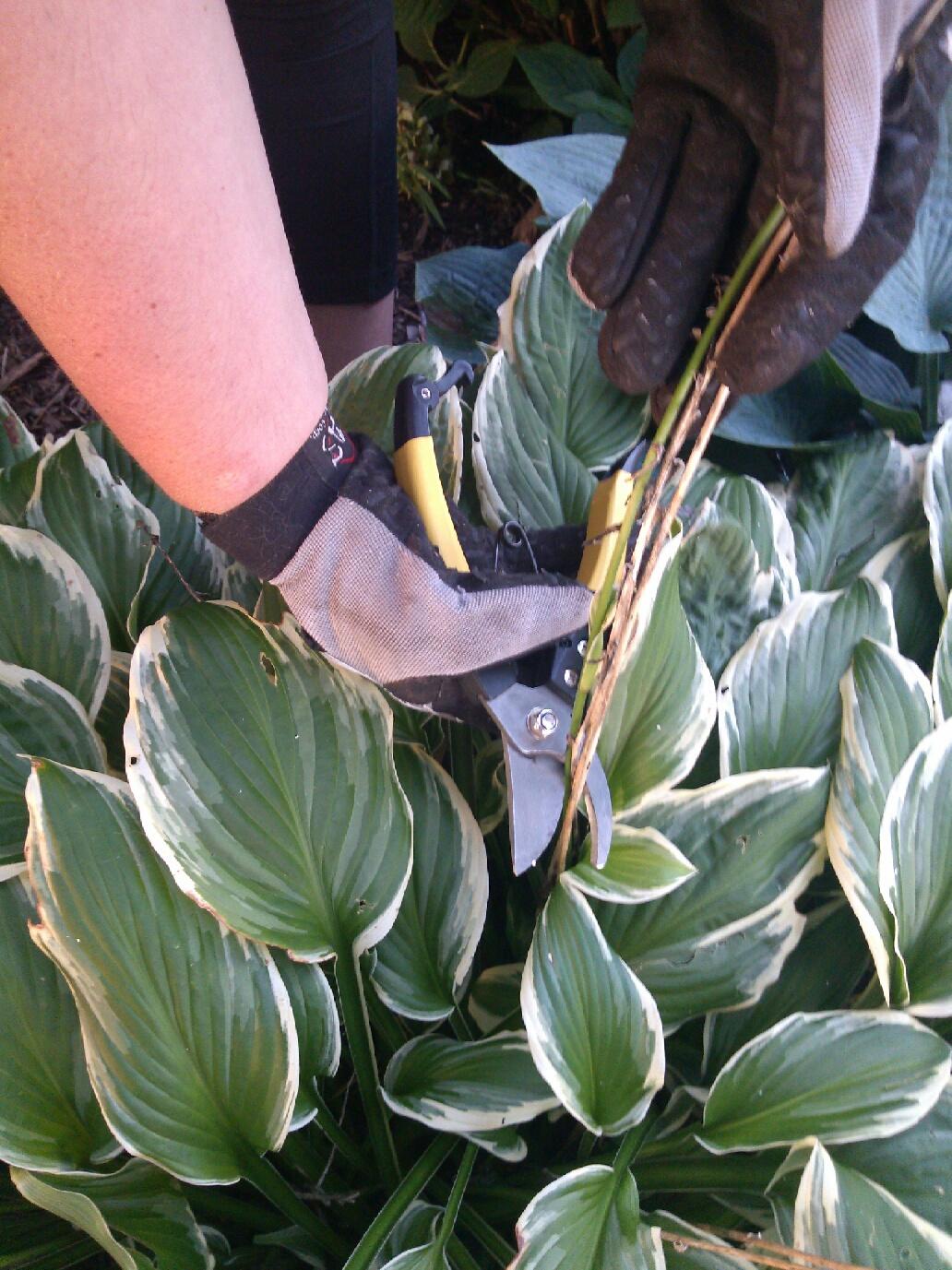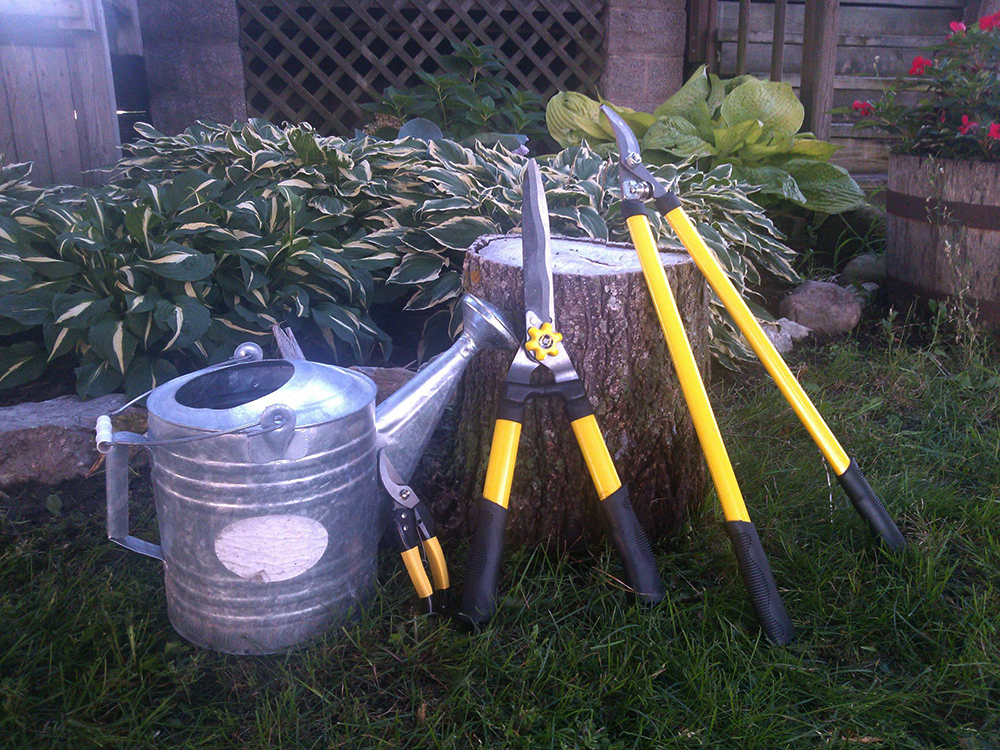You’ve worked so hard all spring and summer for a beautiful yard with some serious curb appeal. Don’t let it go to waste once the seasons start to change.
Winterizing your lawn and garden is a fairly simple task – you’re probably already doing most of what we'll mention in this post. It’s all about timing and strategy. Plan accordingly and do the prep work now to make sure your lawn and garden will bounce back to life once spring rolls around.
Lawn
Length
A good rule of thumb is to keep your grass around 4”-6” in the fall. Any longer and you risk the chance of growing mold underneath the foliage in the wet spring thaw. Longer blades of grass will help protect their roots from wind and frost burn. In other words, it’ll help prevent those unsightly brown spots (aka dead grass) in the spring.
Keep the Clippings

The post-mow grass clippings can be kind of an eyesore, and we know most people aim for a carpet-like lawn, but hear us out: Keep those grass clippings where they are.
Grasscycling helps create a lush layer of protection and nutrients for your lawn. Paired with the longer blades, these clippings will help prevent an inevitable frost burn in a few months.
Fertilize
In the spring, your lawn collects nutrients to build a healthy root system that’ll last through the summer heat. And you guessed it – something similar happens in the fall. It’s important to feed your lawn the nutrients it needs to keep it healthy throughout the long winter hibernation.
At some point during the fall, apply a high potassium weed and feed fertilizer to your lawn. Scotts has a Lawn Care Planner to help you decide the right product for your lawn specifics.
Vegetable Garden
Harvest

Your vegetables are still going strong – even if it is past Labor Day. Harvest the fruits (or veggies) of your labor for as long as you can!
Compost
Just like fashion trends, what’s old can be new again. Everything from lawn clippings to kitchen scraps can be used to create a lush fertilizer. If you're interested in starting your own pile, Yard Care Life has an in-depth guide to composting that explains everything you'll need to know.
Weeds
Weeding regularly is a must. Weeds that start small in the fall will grow into a hard-to-kill headache come springtime. Pull them now to save some work later on.
Flower Garden

Trim
Trim away all dead blooms and foliage. Remove and compost all spent annuals. If they’re left in the flowerbed, they can possibly attract pests or grow mold. Perennials should be cut back to 3” once the ground freezes.
Mulch
Protect your flowerbeds from the elements by putting down a layer of good cedar or pine mulch. It’ll shield winter frost and provide an organic weed barrier to kill off the weeds you might’ve missed.
Divide and Conquer
If you find your flowers overtaking each other, it might be the time to separate and replant them somewhere else in your yard. Remember to thoroughly fertilize and water both your original plant and separated plant to make sure they survive.
Plant
Planting bulbs at the end of September (or early October) will ensure a healthy blooming season in the spring. Nothing better than putting in the work now to reap the benefits once the weather gets nicer!
Here’s just a handful of bulbs to plant now for a rewarding spring bloom:
- Tulips
- Crocus
- Hyacinths
- Scilla
- Snow Drops
Helpful Tips

Keep watering. Consistently watering your plants promotes growth and nutrient absorption before winter. As a guideline, your trees, shrubs and lawn need around 1” of water a week. Flowers require slightly less, needing at least half an inch of water per week.
Shop for deals. End of season sales are great times to stock up on new plants. Nurseries and greenhouses look for ways to dispose of the stock they’d prefer not to tend to over the winter, resulting in discounts and sales. That means big savings for your wallet and beautiful foliage for your yard.
Get the right tools. Having the basics will be incredibly helpful when it comes to winterizing your garden. Like the great nursery and greenhouse deals I mentioned, you might be able to find discounted tools at the end of the season. Keep an eye open for pruners, shears and hand shovels to name a few.
With a little bit of strategic planning and elbow grease, winterizing your lawn and garden should be just another day of upkeep.




